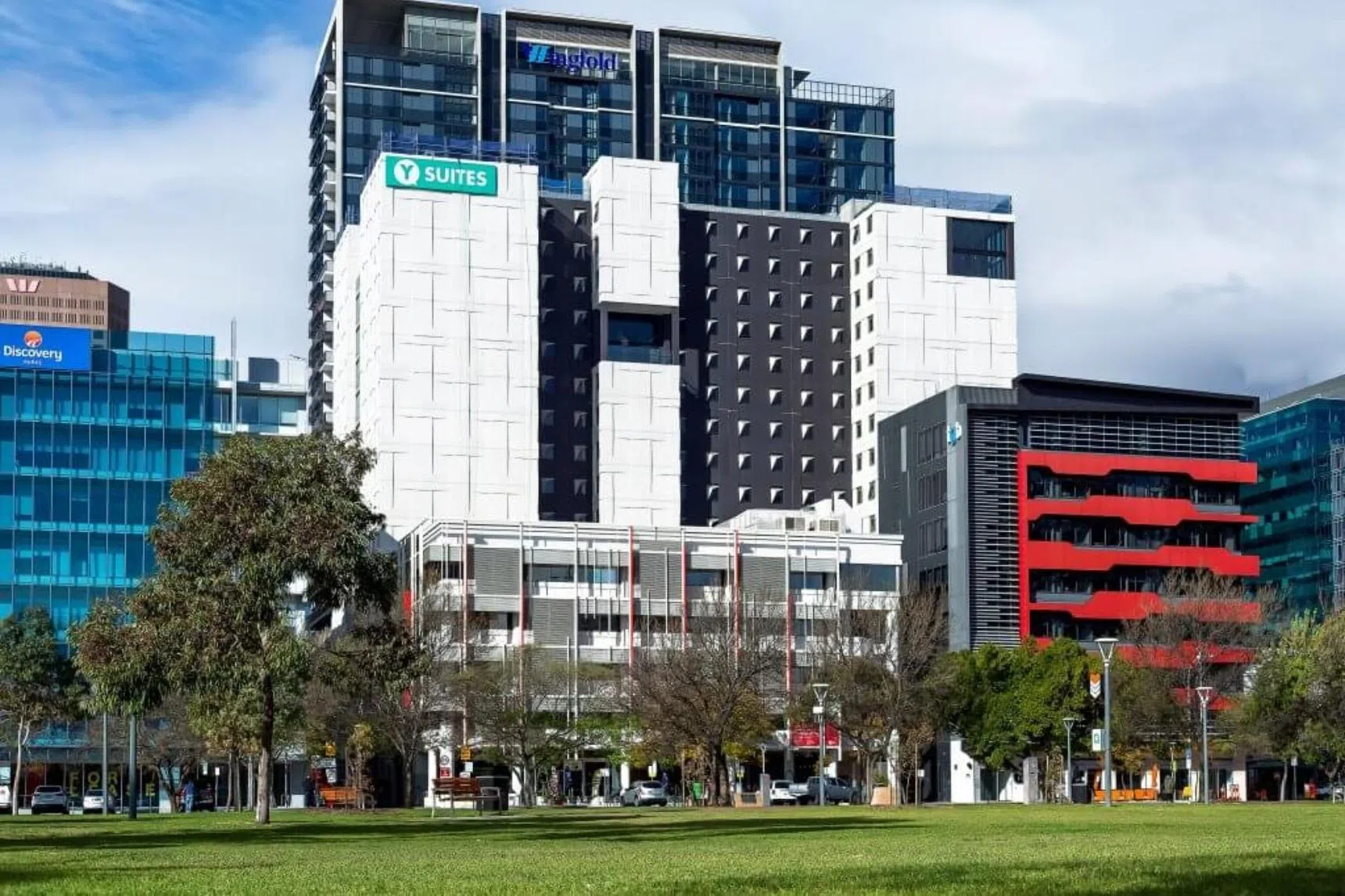SEMICONDUCTOR equipment supplier Applied Materials forecast better-than-expected second-quarter revenue on strong demand for advanced chips used in artificial intelligence (AI) and a recovery in the personal computer market, sending its shares up 12 per cent after the bell on Thursday (Feb 15).
Strong spending from cloud computing service providers and the rise of AI-embedded personal computers are driving demand for more advanced chips and by extension, for chipmaking equipment too.
“There is a reacceleration of capital investment by cloud companies, fab utilisation is increasing across all device types and memory inventory levels are normalising,” CEO Gary Dickerson said.
The company reported first-quarter revenue of US$6.71 billion, beating estimates, and said China sales of US$3 billion accounted for 45 per cent of total revenue, up from 17 per cent, a year earlier.
Applied Materials makes equipment that helps fabricate chips and counts Intel and Samsung among its customers.
The California-based company said it expects second-quarter revenue of US$6.5 billion, plus or minus US$400 million, compared with analysts’ average estimate of US$5.92 billion, according to LSEG data.
It also forecasts adjusted profit per share of US$1.79 to US$2.15, above estimates of US$1.79.
Analysts believe the push for stronger domestic supply chains for chips are benefiting companies such as Applied Materials and rival Lam Research.
Governments across the world have been urging chipmakers to develop domestic production of semiconductors, to reduce reliance on China and Taiwan amid US-Sino tensions.
Late last year, Applied Materials was under a criminal investigation by the Justice Department for sending equipment to China’s top chipmaker Semiconductor Manufacturing International Corporation via South Korea without export licenses, sources said.
Excluding items, Applied Materials’ adjusted profit for the quarter ended Jan 28 stood at US$2.13 per share, beating estimates of US$1.91.
Its gross margin jumped to 47.8 per cent from 46.7 per cent a year earlier. REUTERS







